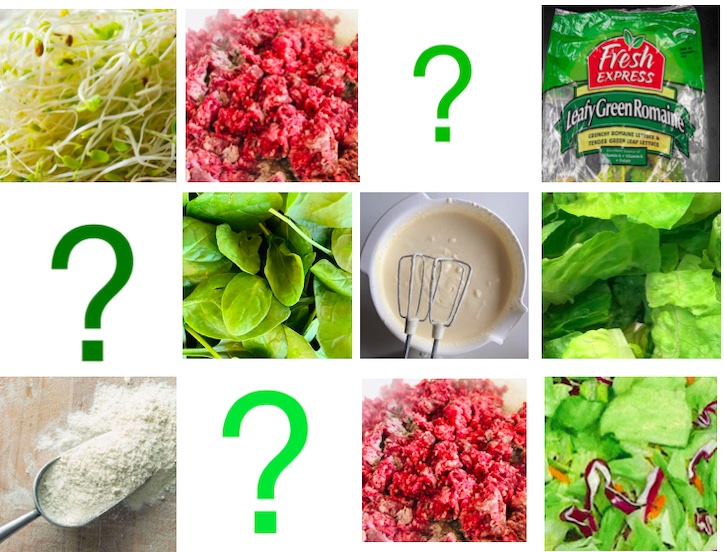State and federal health officials are trying to discover the source of an E. coli outbreak that is causing severe illness among patients in Michigan and Ohio. What can the 12 most recent E. coli outbreaks tell us about this one?
E. coli Outbreak in Michigan and Ohio (#13)
Since August 1, three counties in Michigan and one county in Ohio have seen huge increases in the number of confirmed E. coli cases. A total of 116 people in both states had been sickened as of August 17.
Genetic tests are being performed on the E. coli O157:H7 cultured from patients to identify the “fingerprint” of the strain. And early results show that some of these cases are related. As of August 17, the Centers for Disease Control and Prevention (CDC) confirmed that 29 of the cases were linked. But, “the true number of sick people in an outbreak is likely higher than the number reported, and the outbreak may not be limited to the states with known illnesses,” the agency noted.
The patients range in age from 6 to 91 years old. Half of them are under 21 and 38 percent are female. Health officials had hospitalization information for 17 of the patients at the time of the CDC’s announcement yesterday. Nine of them, 52 percent, were hospitalized, a rate much higher than the average for E. coli outbreaks of 30 percent.
E. coli Outbreaks 1-12
Between 2019 and 2021, the CDC announced 12 multistate E. coli outbreaks. Some of them started off with unknown food sources and were solved, three were not. Here is the food source breakdown:
- Packaged salad, spinach, romaine, or other leafy green, 5
- Cake mix or flour, 2
- Ground beef or bison, 2
- Clover sprouts, 1
- Unknown 3
All of the outbreaks were linked to Shiga-toxin-producing E. coli (STEC) strains. Shiga toxins are poisonous to humans and cause severe, sometimes fatal illness. Two outbreaks, bison and flour, were linked to two strains. One strain, E. coli O157:H7, was responsible for all five outbreaks linked to salads/leafy greens and the three outbreaks with unknown sources where leafy greens were suspected. Here is STEC for each food source:
- E. coli O103 – clover sprouts, bison, ground beef, and flour
- E. coli O26 – flour
- E. coli O121 – cake mix, bison
- E. coli O157:H7 – packaged salad, spinach, romaine, leafy greens, and unknown sources

More About the Michigan and Ohio E. coli Outbreak
The CDC announcement of the Michigan and Ohio outbreak stated that both the FDA and the USDA were collecting different kinds of evidence to determine the source of the outbreak. But only one of them has an active E. coli investigation posted on its website.
The U.S. Department of Agriculture’s Food Safety and Inspection Service (USDA FSIS), which regulates meat and poultry, updated its page yesterday and it shows no active investigations. However, the U.S. Food and Drug Administration (FDA), which regulates foods other than meat and poultry, does have an active E. coli investigation posted on its website with a notification that a “traceback” investigation is underway.
This means that the food histories of outbreak patients showed a significant number of them ate the same food before they became ill. And FDA investigators are tracing back that food item’s journey from the point of sale to the grower.
Experienced E. coli Lawyers
Pritzker Hageman E. coli lawyers have represented clients in every major E. coli outbreak in the U.S. If you would like a free consultation with an experienced E. coli lawyer, please contact the Pritzker Hageman E. coli Legal Team. You can reach us by calling 1-888-377-8900, sending a text to 612-261-0856, or completing the form below. There is no obligation and you don’t pay us unless we win.
